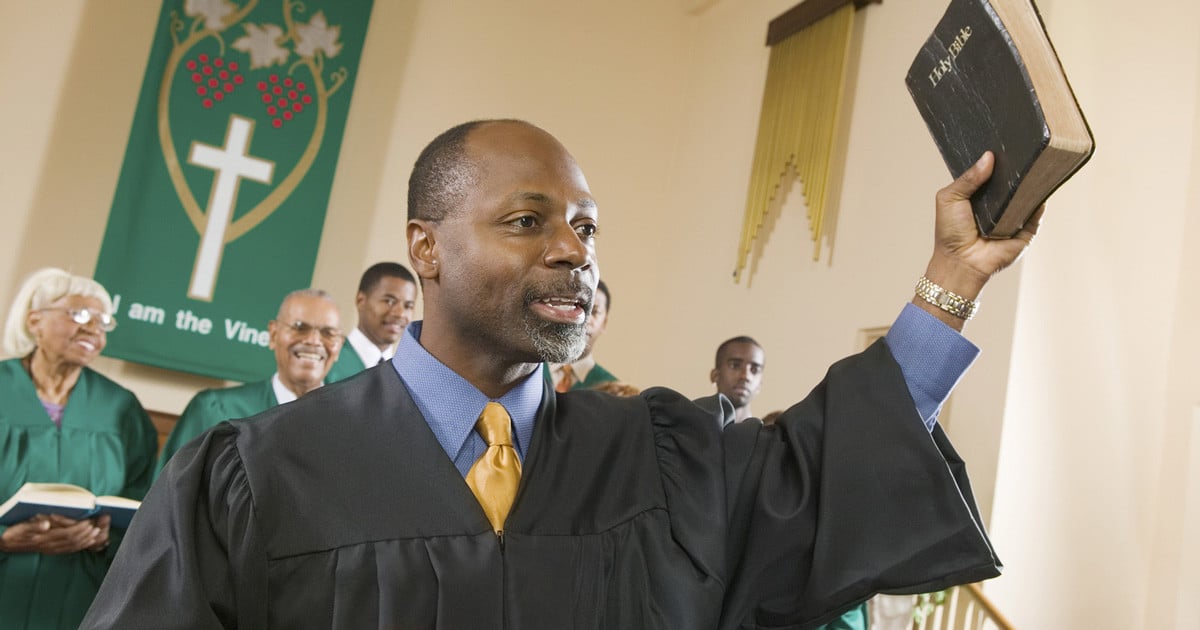All humans are religious, but we are not all religious in the same way.
For some, “religion” stands in opposition to “reason,” and anything not measurable by science is either misleading or irrelevant. For others, the powers of life displayed throughout our world, coupled with the changes that take place over time, lead them to find meaning and revelation primarily within the natural order, developing religious systems seeking harmony or appeasement with stars or storms.
Christianity is the greatest (in numbers of adherents globally) among the three monotheistic religions.
At the heart of our faith is a belief in a good Creator who continues to care about this world and we who reflect God’s own character as “image-bearers.” We also believe that our human race has generally forgotten its Creator, which is why other religious perspectives have been born and come to expression. In order to remedy the failing communication between earth and heaven, God had to engage us actively with communications that we could not so easily ignore. Beginning with personal appearances to some like Noah and Abraham and Moses, God initiated a long-term relationship of clarification, instruction, and guidance with the nation of Israel. When written down, this divine revelation comes to us as the “Hebrew Bible,” or the “Old Testament” of Christianity.
As the Old Testament indicates, Israel’s relationship with God was quite a roller coaster ride, with magnificent mountains (think of Solomon’s wisdom, kingdom expansion, and the great Temple which God filled with glory) and terrible trenches (think of the horrible moral, religious, and social degradation in the final stories of Judges, or the Assyrian annihilation of the Northern Kingdom, or the Babylonian Exile). But God’s tenacious faithfulness and love saved the Jewish remnant and brought them back to Jerusalem.
Into this community Jesus was born, the miracle of divine incarnation.
Jesus brought heaven to earth through his teachings and his healing ministry, and especially in his atoning death and his re-creating resurrection. Recalling Jesus’ life and words, the Gospels provide a permanent record of the ever-living Word of God among us. And, as news about Jesus spread and transformed lives, the Disciples of Jesus taught what they had learned from their Master, and sent letters urging Christian faith and lifestyle. These Gospels and Letters became a new collection of scripture, adding a New Testament to the Old.
There are, of course, different ways in which these New Testament writings are interpreted.
Influenced by cultural changes and challenges, a number of different families of theological reflection have emerged. Our approach at CLC lies within the Reformed tradition, built upon the expansive insights of John Calvin at the time of the Protestant Reformation. Central to this theological approach are these emphases:
- The distinction between “regeneration” (God’s one-time act accomplished solely through the work of Jesus) and “sanctification” (God’s on-going transformative activity taking place in partnership with redeemed persons and communities).
- The “Presbyterian” form of church structure, built around the primacy (but not independence) of the local congregation governed by Elders and Deacons who are called and elected from the membership because of their obvious spiritual gifts.
- Appreciation of the sacraments as two in number (Baptism and the Lord’s Supper), each being a sign and seal of God’s redemptive love, but not actually transacting merit.
- Viewing the “Law of God” as not only normative for creation and as announcing human sinfulness, but also as guiding our redeemed response of sanctified living.












